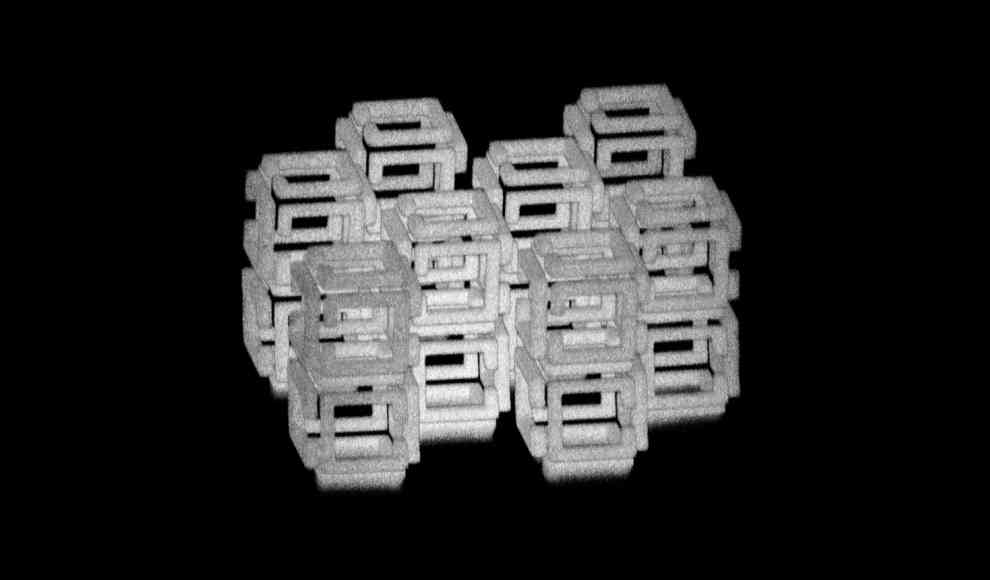MIT Researchers Develop New Method for Creating High-Precision 3D Nano-Objects
In a groundbreaking achievement, researchers at the Massachusetts Institute of Technology (MIT) in Cambridge have successfully shrunk objects to nano-size. The team created 3D objects from a special hydrogel, which were then reduced to nano-size using acid. This process, called implosion fabrication, allows for the creation of highly detailed objects in the nano-format without any distortions or unwanted side effects. The researchers were able to shrink objects up to a thousand times their original size, opening up new possibilities in nanotechnology.
While modern 3D printers can create all kinds of components and even biological tissue, they are not precise enough for 3D printing at the nano-scale. The implosion fabrication process is made possible by a special hydrogel made of polyacrylate/polyacrylamide. When the hydrogel comes into contact with certain acids, it changes the water content and chemical compounds, causing the gel to contract evenly. The researchers first soaked the hydrogel in a solution containing light-sensitive fluorescein molecules, which they anchored to the gel using laser pulses. The solution was then washed away, leaving only the laser-anchored molecules behind.
The gel construct was then immersed in an acid or a solution with divalent cations for several hours, which neutralized the negative charges in the hydrogel and caused it to shrink to nano-size. This new implosion fabrication process has the potential to revolutionize nanotechnology, allowing for the creation of not only small components but also nanorobots. The researchers believe that the democratization of nanofabrication will open up new possibilities that we cannot even imagine yet.
In conclusion, the MIT researchers have developed a new method for creating high-precision 3D nano-objects using implosion fabrication. This process allows for the creation of highly detailed objects in the nano-format without any distortions or unwanted side effects. The democratization of nanofabrication will open up new possibilities in nanotechnology, including the creation of nanorobots.










